<駐在員コラム>【タイ】タイのモーターショーは巨大即売会
- 公開日:2020/01/20
- 8765 Views
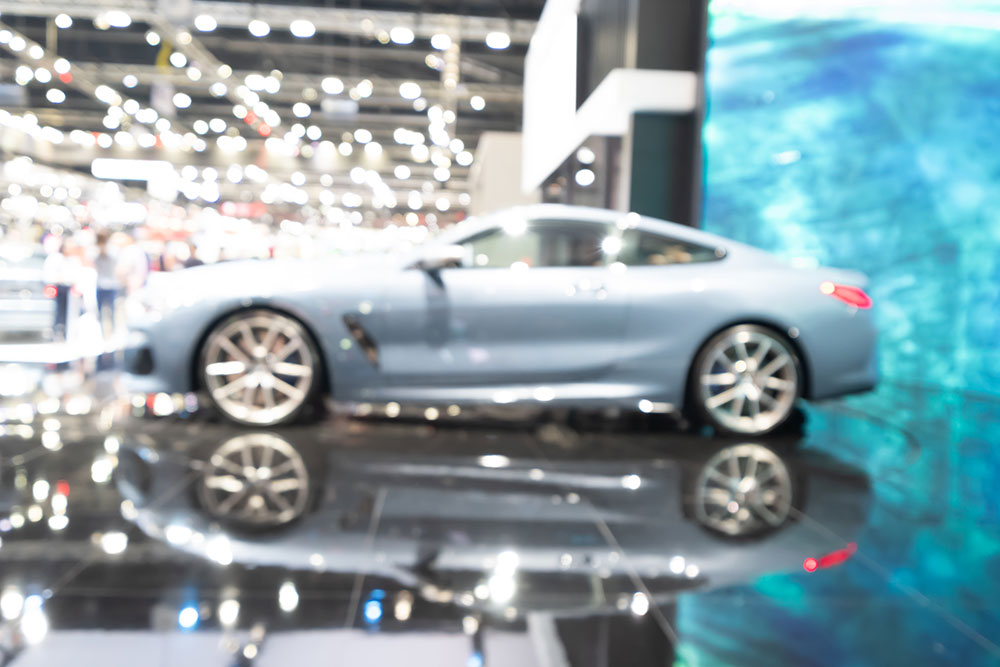
1. はじめに
タイのモーターショーは世界中で行われている他のモーターショーとは根本的に異なっている点がある。ステージ上でのプレゼンテーションやキャンペーンガールなどのショー的要素もあるが、来場者にとってそこは各社の魅力的なプロモーションを一度に比較できる商談会、つまり、実際に車をその場で買うことを前提とした巨大即売会なのである
11月29日~12月10日までバンコクで行われたモーターショー、第36回タイ国際Motor EXPO 2019(以下、EXPO)は、今年後半から様々な要因で低迷している景気の為か、四輪車の受注台数は前年比で約15%減と振るわなかった。
今年に関しては弱含みな新車販売台数ではあるものの、例年11月~12月は新車販売台数のピーク期間となっている。各自動車メーカーもこのタイミングに合わせるように、新車発表を行うことでイベント期間中の成約獲得を目指している。2019年については年間およそ100万台の新車販売台数という予測がされているが、実際の着地がどうなるか注目がされている。
さて今回EXPOに際して、消費者はどのようにこのイベントに臨んでいたのだろうか。インテージタイランドが独自に行なった調査の結果から興味深い実態が明らかになったので、以下の通りその一部を紹介したいと思う。
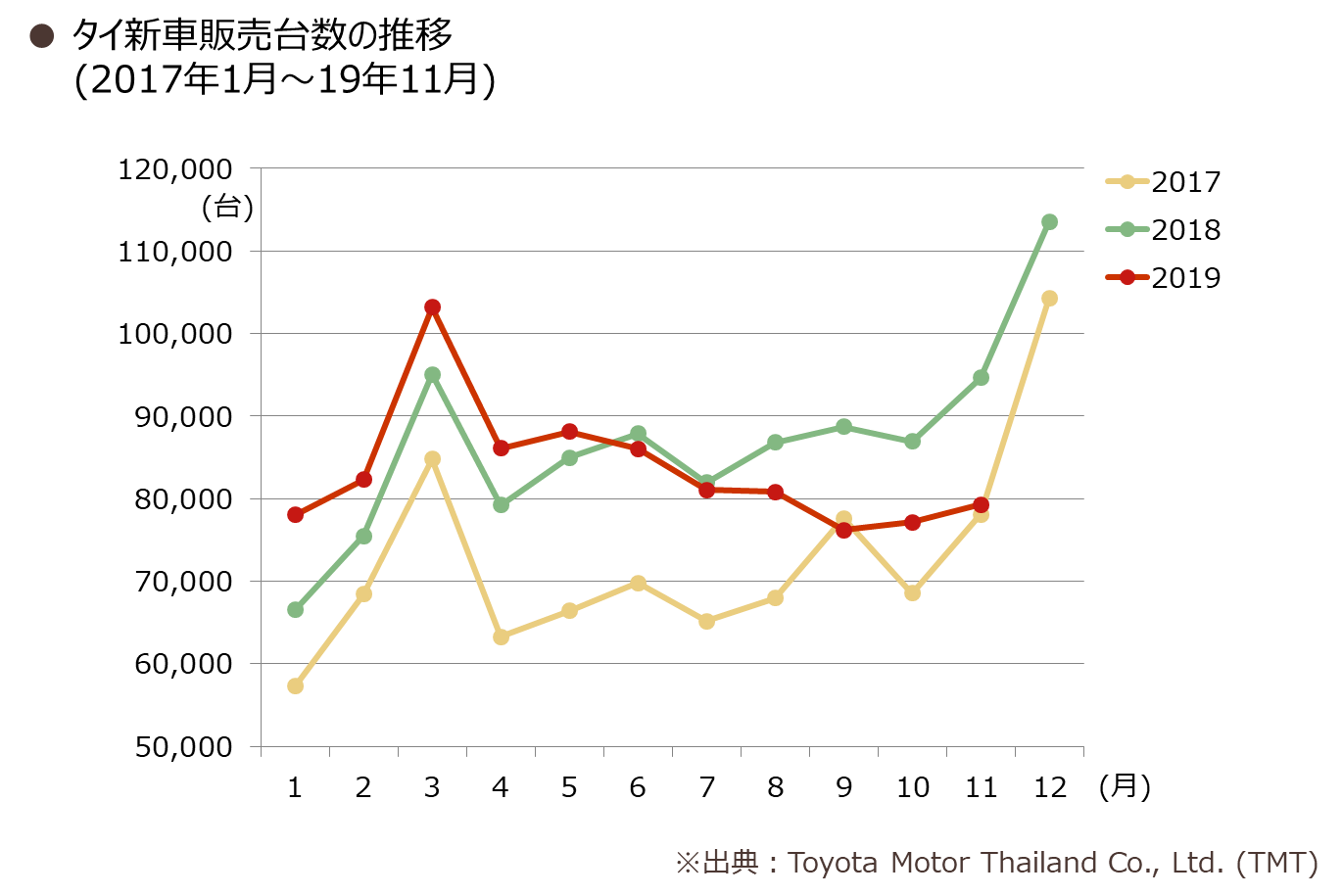

2. 来場動機は本気で車を買うため
EXPOに行った人達はどの程度車を買うつもりで来場していたのだろうか。レジャーの延長や単なる情報収集、写真撮影の為など、例えば日本のモーターショーを想像すると、行楽目的という人々が一定数いてもおかしくないように思える。
しかし調査結果によれば、車を買うつもりがもともと無く来場した人は7%に過ぎず、93%のタイ人来場者は車を買う前提だったことが分かった。因みに、元々EXPO に行く予定にしていたのかどうかについては、76%が“絶対に行くつもりだった”と回答。計画性の高い来場だったことが伺える。EXPO会場に来ているタイ人の購買意欲はウォームアップどころか、人によってはヒートアップしていると言ってよいだろう。その来場者をただならぬ人数のセールス担当者と広い商談スペースが待ち受けているのは、やはり自動車メーカー側としても一大勝機と捉えていることの証でもある。実際各社ブースにいる来場者よりもセールス担当者の人数の方が断然多いこともある。
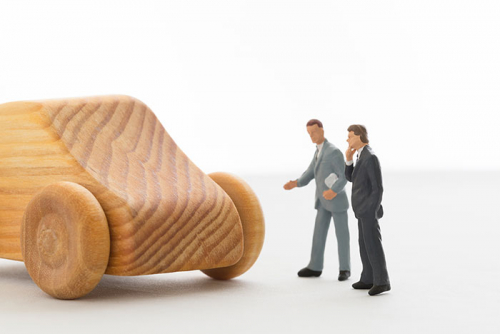
3. 成約率77%?
では、本当に購入したのかどうかが気になってくるであろう。イベント期間中に“新車を購入した”という人は35%と、買う気満々で来場した割には思いの外少ないように思える。約9割の人が買う前提で来場し、実購入に至ったのは約3人に1人にとどまった。だが、当日決めきれなかった人も一定数おり、EXPOが終了した翌日の12月11日時点において42%は“まだ商談継続中”であった。商談中の人がもし全員購入したとするとEXPOにおける成約率は最大77%に上る。
一方、結局“期間中に買わなかった”人は23%であった。もし同じ調査を去年行ったとしたら、購入率はもっと高かったのかもしれない。
EXPOの盛り上がりという観点では景気低迷もあり、売上台数が昨対15%減となったのは前述のとおりである。
次にEXPOに“絶対に行くつもりだった”という人に絞って、期間中購入率を見てみたところ、43%と全体平均よりも8ポイント高い結果であった。やはり、事前に意思が固まっている人ほど実購入にまで至っているように想像させられるデータではないだろうか。
当日色々と比較して最終的に購入する車を決定している人もいれば、一点ばりの人もいるだろう。いずれにしても、一定の勝負はEXPO開催前に決まっていると言えよう。そうすると、各社がEXPOに向けて事前プロモーションを強化しているのは理にかなっている。
来場前にある程度意思決定がされているとすれば、モーターショーなどのビッグイベントの事前購入意向調査を実施することによって、比較的高い精度の販売予測も可能かもしれない。更に言えば、事前事後調査の乖離を見ることで、空振りに終わったメーカーやモデルの敗因を明らかにし、次回のプロモーションに活用することもできるだろう。
ついでながら、以下、あくまでオマケとして記述させて欲しい。今回の調査結果としてはサンプル数が少ないため参考レベルだが、そこまで計画していた訳ではなく、“結果的にEXPOに行った”人(N=27、全体の24%)においては、期間中購入率は11%にまで低下する一方、現在商談中と回答したのは59%であった。計画的に来場した人と比較して、より多くの人が結論を保留にしている可能性がある。(次回はサンプル数を多くしてさらなる検証を行ってみたいと思う)
とはいえ、実際に調査実施時点で約6割が商談中だと言っても、結局成約に至らなかったり、他のメーカーに決められてしまったりするかも知れない。
5人に1人程度は来場動機がそこまで強くはないのであれば、事前のプロモーションもさることながら、当日の商談クロージングの“仕方“がより重要になってくる。単純な値引き競争ではなく、消費者が何を考えているかを知っておくことはより有利な商談を実現できるだろう。

4. 最後に
モーターショーは確かに一大即売会となっている。一方、期間中の成約率だけで見ると約3人に1人と、思いのほか取りこぼしが多い。もちろん、消費者も複数メーカーを充分に比較検討したいかも知れないし、即決することよりも、商談を継続した方がより有利な条件を引き出せると期待しているかも知れない。一方、多くのプロモーションがモーターショー当日に向けて行われていることを考えると、期間中成約率が非常に重要な広告効果の指標となるはずであり、商談継続はあまり望ましいことではないだろう。今回は実施していないが、来場前購入予定車種調査等を活用することで、事前から新車購入予定者の心理を理解してイベント当日に臨むことにより、期間中成約率に変化をもたらすことは可能と考えている。何しろ、来場者の93%は車を買う前提があったのだから。
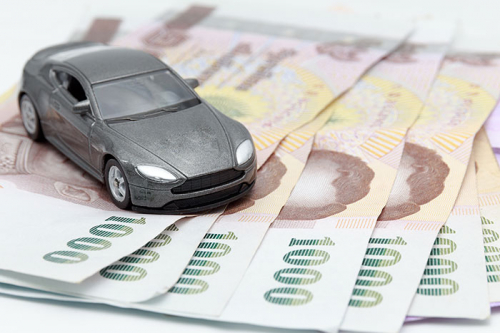
-
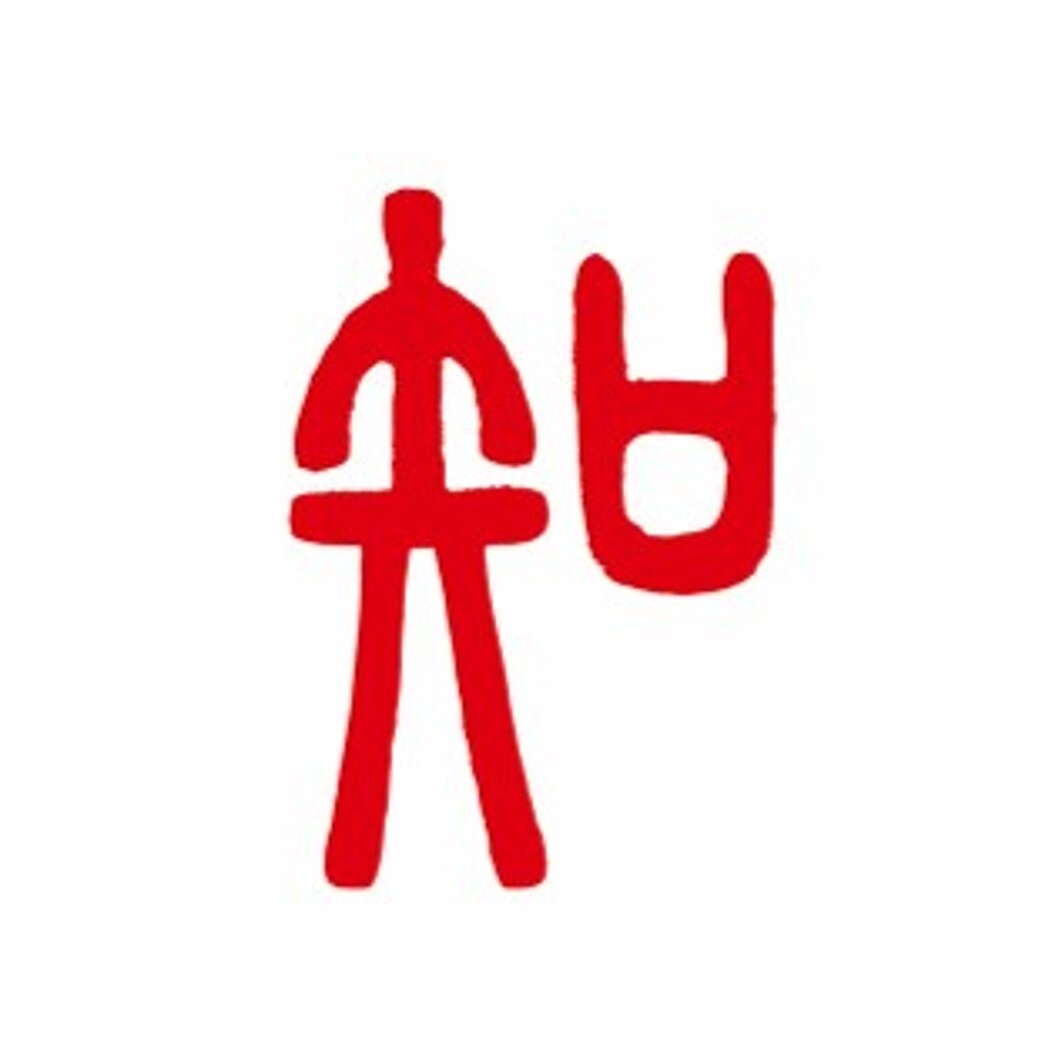
執筆者プロフィール
青葉 大助(あおば だいすけ)
タイ在住40代男性リサーチャー。過去に訪問した調査実施国数は30か国以上。当該国の消費者にとってのベストを求め、常に彼らの気持ちに寄り添うことを信条としている。 1日約1000回閲覧される自身の世界グルメ投稿もタイを中心に意欲的に継続している。
-

編集者プロフィール
インテージ
***
 Global Market Surfer
Global Market Surfer CLP
CLP